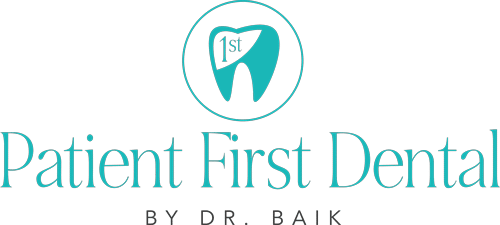Sedation Dentistry FAQ’s
 What is sedation dentistry?
What is sedation dentistry?
Sedation dentistry is necessary in cases of more severe tooth damage and involves sedatives. These sedatives will numb the pain during dental treatment. Sedation dentistry may be necessary during the removal of a tooth or other surgeries which can potentially cause large amounts of pain. Sedation dentistry can also provide a patient with a greater sense of ease and a minimization of that feeling of dread.
With sedation dentistry, we can also control the gag reflex and can also help patients have little to no memory of the treatment if the sedation is strong enough. Sedation dentistry also allows a dentist to more efficiently perform their job. Sedation dentistry means that patients will not move, will not be anxious and will be able to withstand more dental work.
What kind of training to dentists have?
Though a trip to the dentist might be some people’s worst nightmare, you might take courage in the fact that most dental practitioners have years of extensive training and internship placements before they are even allowed to treat patients. Sedation dentistry professionals who perform sedation dentistry can also take continuing education courses during their professional career so that their experience is always improving.
What are the cons of sedation dentistry?
There are also disadvantages to sedation dentistry, too, however. In cases of severe sedation, it can take up to half a day for sedatives to wear off. In addition, you will need to be escorted home after the treatment. People also need to note that sedation dentistry is something of a last resort and only for those who have a severe phobia of the dentist’s chair or who are unresponsive to other numbing techniques.
What medication is used in sedation dentistry?
In most cases, a simple hypnotic pill names Triazolam is necessary for most sedation dentistry procedures. It is short-acting and is commonly a common prescription sleep aid. There has been no reported death during a dental procedure using the medication, and it does not create deep sedation or the same amount of sedation seen in general anesthesia.
Nitrous gas is another form is sedation used and is the lightest form available. Patients will not sleep, but rather remain aware of their surroundings but be placed in a state of euphoria. This option is often for patients who do not have someone to drive them home after their appointment or patients who suffer from a mild case of nerves while visiting the dentist.
How long does the sedative last?
The amount of work scheduled for your visit will determine your sedative dosage, and therefore how long it will last in your system. Speaking with your dentist in regards to your particular procedure will give you a more accurate time from, but most sedation dentistry appointments last anywhere from one to six hours. It is advisable to have someone drive you home and remain with you for a short while until the medication completely wears off.
Request a dental appointment here: https://ddsbaik.com or call Dennis Baik, DDS at (408) 226-5560 for an appointment in our San Jose dental office for more information.
[recent-blogs count=4 layout=”horizontal” category=”sedation-dentist-cat,dental-anxiety-cat,dental-practice-cat,dental-office-cat,dental-center-cat,find-a-dentist-cat”]

